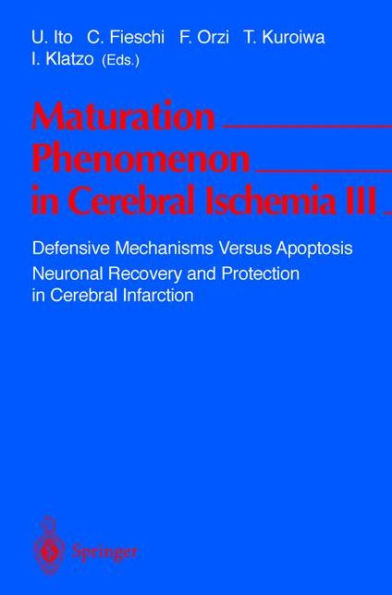Barnes and Noble
Maturation Phenomenon in Cerebral Ischemia III: Defensive Mechanisms Versus Apoptosis Neuronal Recovery and Protection in Cerebral Infarction / Edition 1
Unfortunately, this item is no longer available, but we found some similar items you might like.
